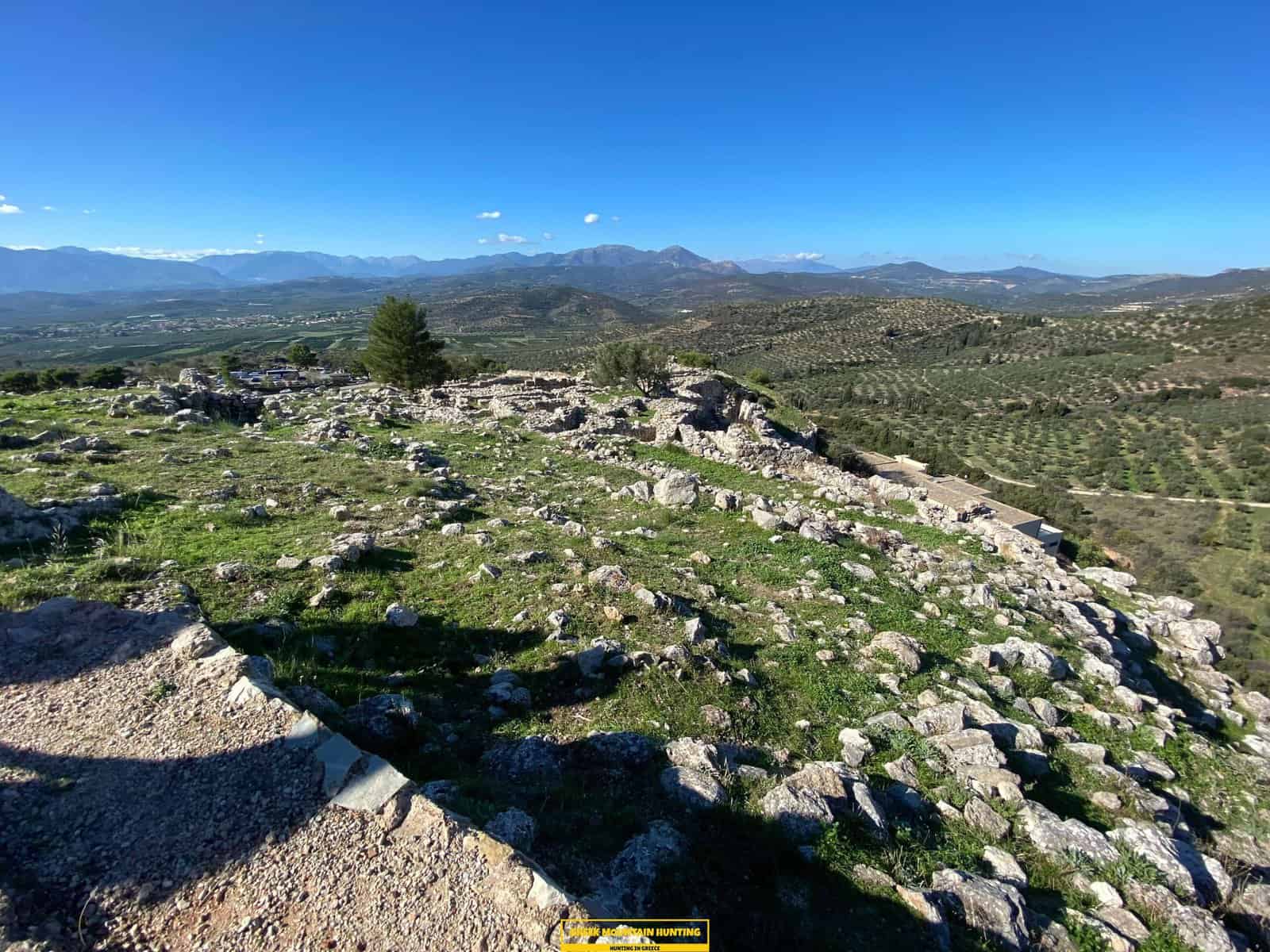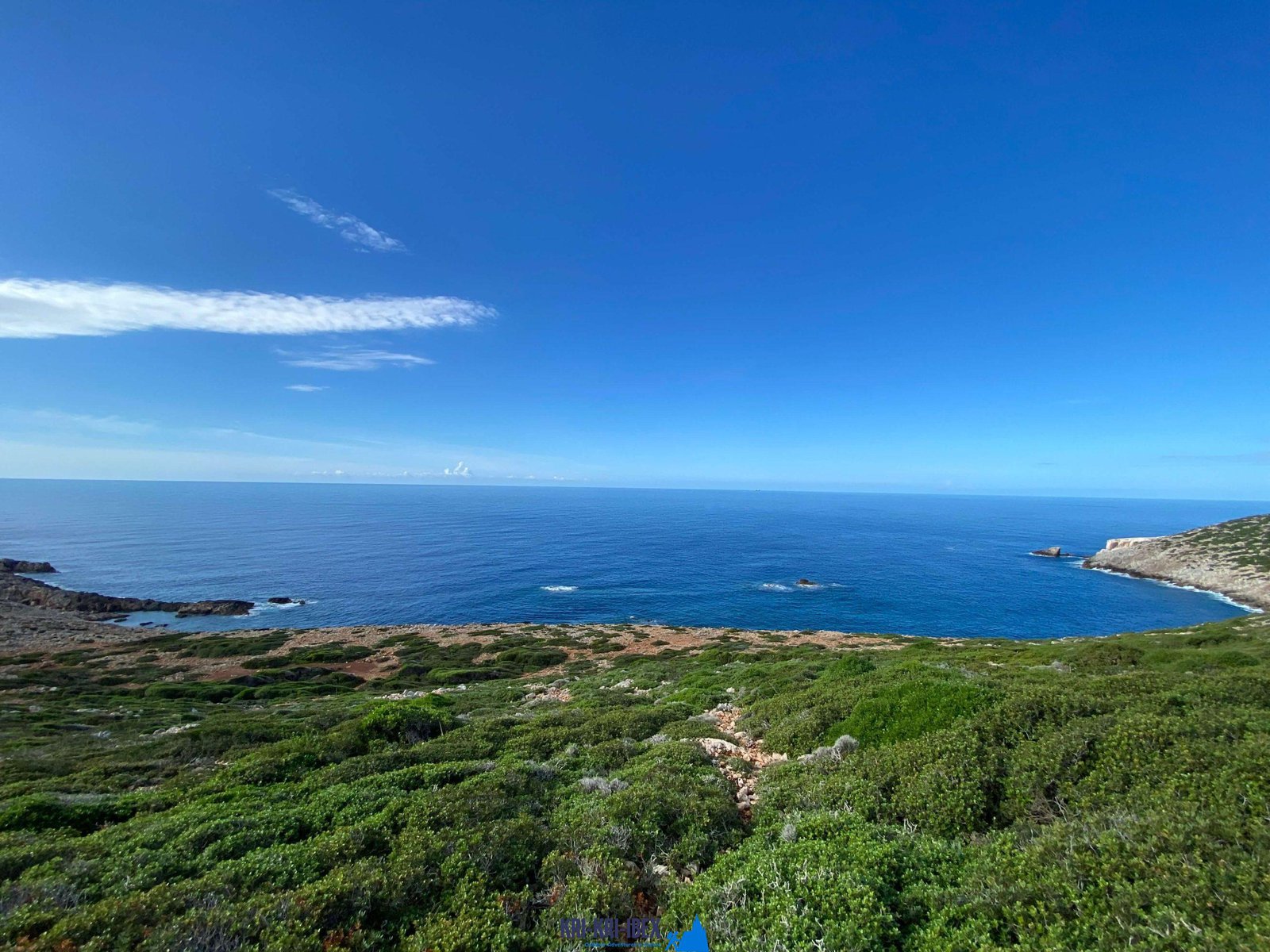Ibex Hunting in Greece: 4 days of pure adrenaline
Ibex Hunting in Greece: 4 days of pure adrenaline
Blog Article

Hunting for Kri Kri ibex in Greece is a fantastic vacation experience. It is not always a challenging hunt or an unpleasant experience for many hunters. You can experience old Greece, shipwrecks, and also spearfishing throughout five days searching for stunning Kri Kri ibex on an exotic island. Is there anything else you would like?

Pursuing the kri kri ibex in Greece can be a tough undertaking. Hunting large game in Greece is hard for foreign seekers. Swine and also roe deer are the sole choice for regional seekers besides the kri kri ibex, which is only hunted in very carefully guarded special searching areas such as specific islands. The Kri Kri Ibex and also mouflon can only be shot on special searching areas from morning till midday, according to Greek legislation. Slugs are the only ammunition allowed. You have to reserve at the very least a year beforehand for a certificate. To make sure that only significant hunters are allowed on these trips, the Greek Ministry of Nature as well as Agriculture concerns licenses. To make certain that the government problems a specific variety of licenses per year.
On our Peloponnese excursions, you'll reach experience all that this amazing region has to offer. We'll take you on a tour of some of the most historic and gorgeous websites in all of Greece, including old damages, castles, as well as much more. You'll likewise get to experience some of the traditional Greek society direct by delighting in several of the scrumptious food as well as red wine that the region is known for. And of course, no journey to Peloponnese would be full without a dip in the gleaming Mediterranean Sea! Whether you're a seasoned seeker seeking a new journey or a newbie traveler just looking to explore Greece's magnificent landscape, our Peloponnese trips are perfect for you. What are you waiting for? Book your journey today!
So if you are trying to find an authentic Greek experience away from the stress of tourism after that look no more than Methoni in The Peloponnesos! Our outdoor searching for Kri Kri ibex, fishing, totally free diving as well as touring Peloponnese scenic tours from Methoni are the ideal means to discover this gorgeous area at your own rate with like minded people. Get in touch with us today to reserve your position on among our excursions.
What is the diference between Kri Kri ibex, Bezoar ibex and hybrid ibex
The kri-kri is not thought to be indigenous to Crete, most likely having been imported to the island during the time of the Minoan civilization. Nevertheless, it is found nowhere else and is therefore endemic to Crete. It was common throughout the Aegean but the peaks of the 8,000 ft (2,400 m) White Mountains of Western Crete are their last strongholds–particularly a series of almost vertical 3,000 ft (900 m) cliffs called ‘the Untrodden’—at the head of the Samaria Gorge. This mountain range, which hosts another 14 endemic animal species, is protected as a UNESCO Biosphere Reserve. In total, their range extends to the White Mountains, the Samaria National Forest and the islets of Dia, Thodorou, and Agii Pandes.
This Ibex is NOT a diminutive form of the Bezoar Ibex, which has migrated into the western-most reach of the range of this species. The kri – kri (Capra aegagrus cretica), sometimes called the Cretan goat, Agrimi, or Cretan Ibex, is a feral goat inhabiting the Eastern Mediterranean, previously considered a subspecies of wild goat. The kri-kri has a light brownish coat with a darker band around its neck. It has two horns that sweep back from the head. In the wild they are shy and avoid tourists, resting during the day. The animal can leap some distance or climb seemingly sheer cliffs.
“The agrimi goat Capra aegagrus cretica is unique to Crete and its offshore islands. It has been identi®ed as a sub-species of the wild bezoar goat Capra aegagrus aegagrus Erxleben, 1777, which it closely resembles in horn shape, body form and coloration. This classi®cation has been disputed by some researchers who claim that the agrimi are feral goats, derived from early domestic stock brought to the island by the ®rst Neolithic settlers. In order to clarify this issue, DNA analyses (cytochrome b and D loop sequences) were carried out on tissue of live and skeletonized agrimi and compared to sequences of wild and domestic caprines. Results conclusively show the agrimi to be a feral animal, that clades with domestic goats (Capra hircus) rather than with wild Asiatic bezoar. This study demonstrates that morphometric criteria do not necessarily re¯ect genetic af®nities, and that the taxonomic classi®cation of agrimi should be revised.”
Report this page